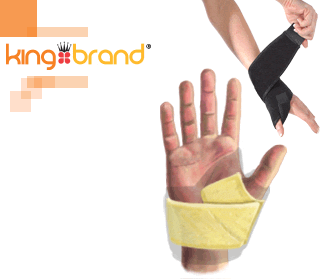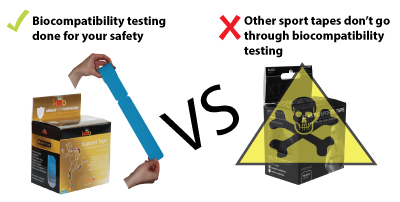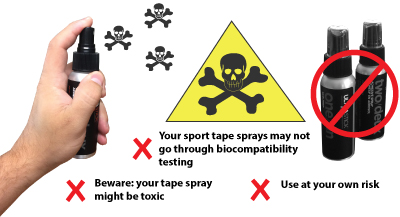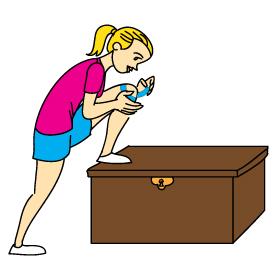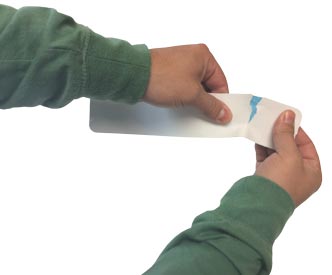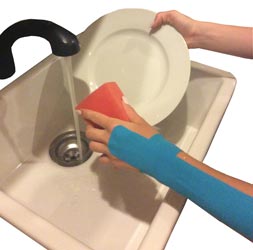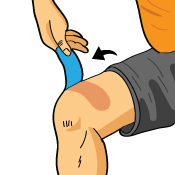General Taping Information
- Why Use Tape? -- What exactly does it do?
- What To Look For In Tape -- What makes a tape good or bad when taping an injury?
- Pre-Cut Tape vs. Continuous Roll Tape -- Reasons why you may want one over the other
- Application Preparation -- How to prepare an injured area for tape
- Customize Your Application -- An explanation on how to customize the application for you
- Taping Tips -- Small tips to make the taping application easier and more effective
- When To Wear Tape -- The kinds of activities you can & should wear tape for
- Why Do I Have Redness After Removing Tape -- Explanation on why you're experiencing redness
Keep reading to find out how tape can help aid your injury and prevent further tissue damage. Whether you have a tear, strain, sprain or chronic condition, there is a tape application out there that can provide the affected area with extra support and protection.
Not sure what you’re looking for when shopping for tape? We have advice on what kinds of materials and styles to look for, and which ones you should avoid. We also have information on how to prepare the area for taping and how to customize the application to your specific injury or condition.
Want to make your tape application as effective as possible? Read our Taping Tips to find out. Not sure when you’re supposed to wear the tape? It’s easy -- tape is designed to be worn any time, but is particularly important during physical activity. Read on to find out more!
